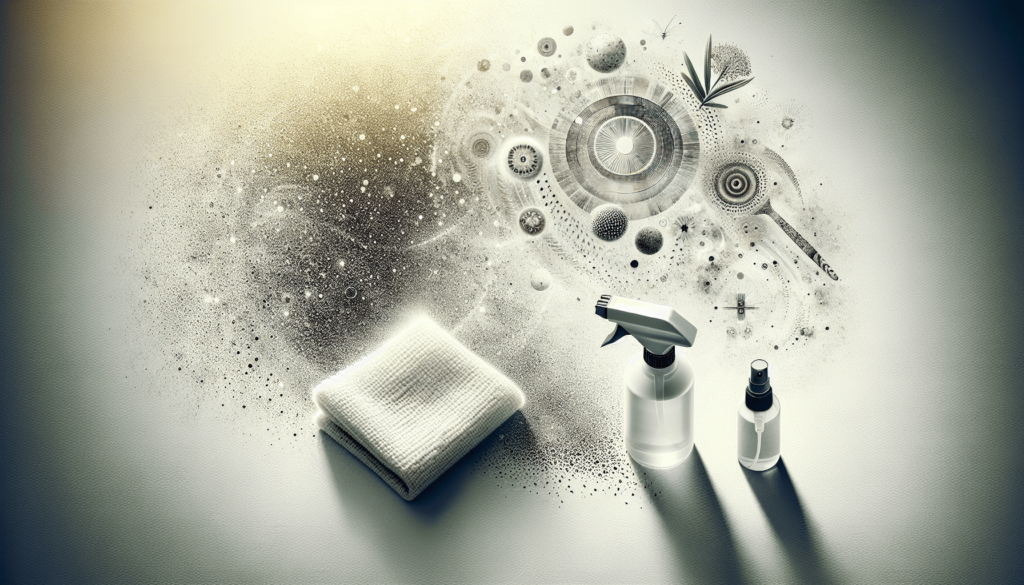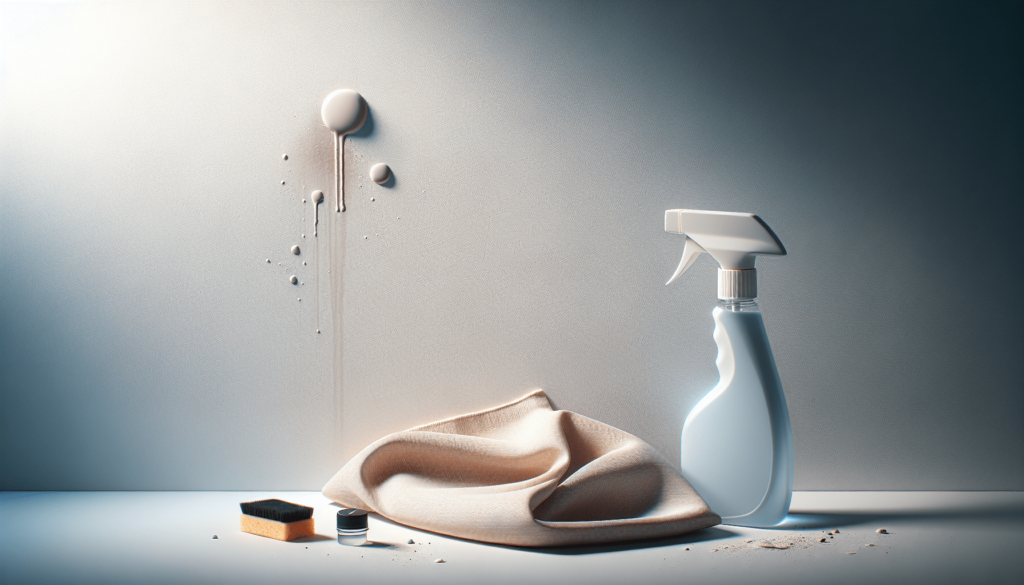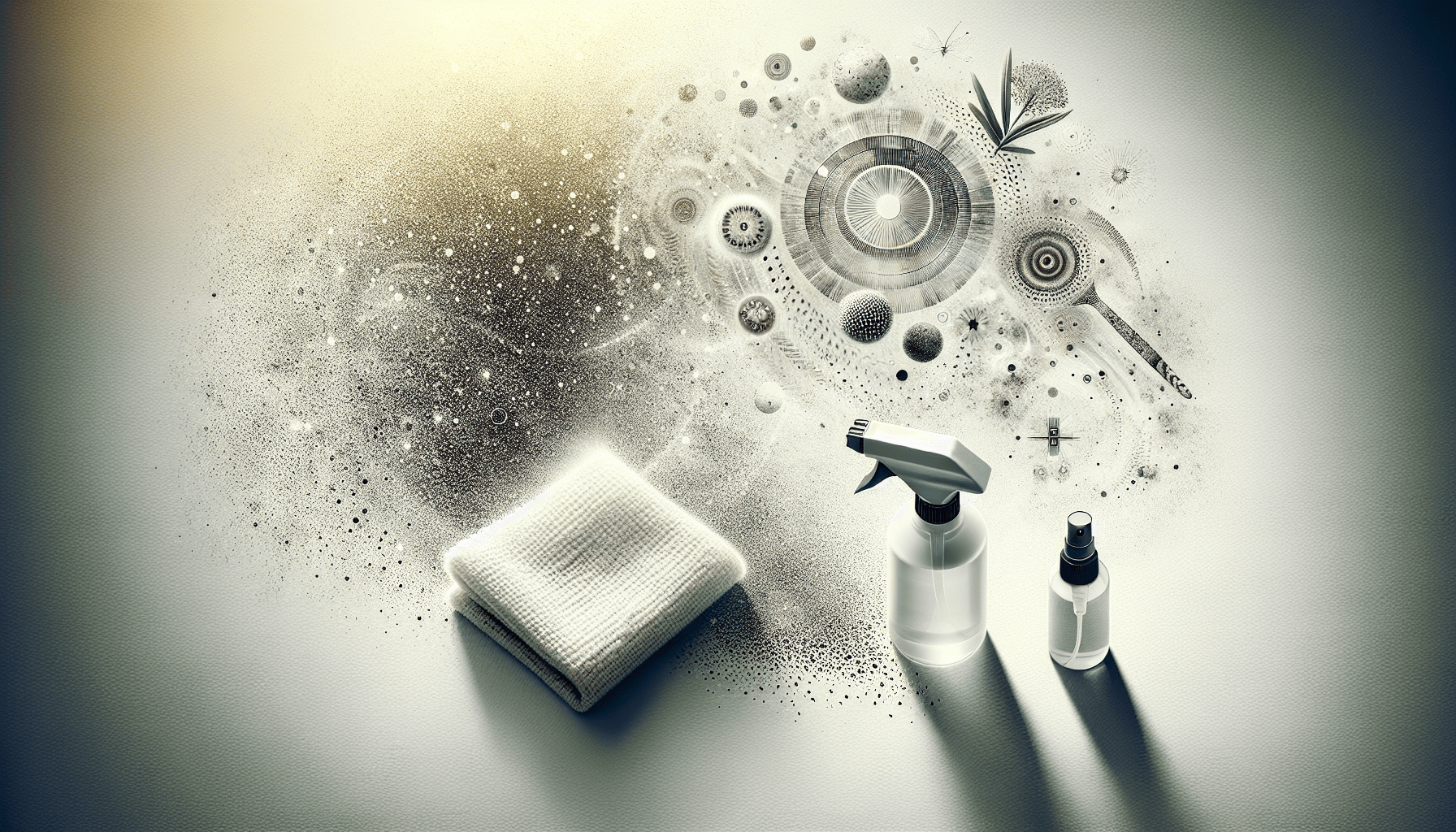Have you ever faced the challenge of removing paint marker from your walls without damaging the underlying paint? Whether it’s unexpected artwork from your kids, an accidental mark during a DIY project, or even deliberate markings for a project layout, tackling this issue without harming your beautifully painted walls can be daunting. However, with the right techniques and tools, you can effectively remove paint marker stains without compromising your wall’s finish.

Understanding Paint Markers
Paint markers are versatile drawing tools used for writing, decorating, and marking on various surfaces. They typically contain oil-based or water-based paint, making them highly adhesive and more resistant to cleaning once dried.
Types of Paint Markers
There are two primary types of paint markers:
- Oil-Based Paint Markers: These markers contain oil-based paint, which is durable, water-resistant, and adheres strongly to porous and non-porous surfaces.
- Water-Based Paint Markers: These markers are easier to clean compared to oil-based options, as they are soluble in water until they dry completely.
Identifying the type of paint marker used is essential, as it helps you choose the most effective cleaning method without damaging the wall paint.
Preparing for the Cleaning Process
Before starting the cleaning process, gathering the right materials and taking necessary precautions is crucial for effective results.
Essential Materials
Here are some materials you may need:
| Materials | Purpose |
|---|---|
| Mild Detergent | Cleaning agent to remove the marker |
| Soft Cloth or Sponge | To apply the cleaning solution |
| Warm Water | To dilute the detergent and for rinsing |
| Rubbing Alcohol | Helps in removing tougher stains |
| Cotton Balls/Q-Tips | For precise application of cleaning solutions |
| Microfiber Cloth | For drying the surface without leaving lint or scratches |
| Painter’s Tape | To protect areas you do not want to be affected |
Precautions
- Test a small, inconspicuous area with the cleaning solution to ensure it does not damage the paint.
- Ventilate the area if you are using chemical-based cleaners such as rubbing alcohol.
- Wear gloves if you have sensitive skin or if using chemical-based solutions.
Methods for Removing Paint Marker Without Damaging Paint
Several effective methods can be used to safely remove paint markers from walls. Let’s explore the most reliable approaches.
Soap and Water Method
This method is suitable for removing water-based paint marker stains.
- Prepare the Solution: Mix a few drops of mild detergent with warm water in a bowl.
- Test the Area: Dip a corner of the soft cloth in the solution and test it on a hidden section of the wall to ensure no paint damage.
- Clean the Stain: Gently rub the mark with the damp cloth in a circular motion. Avoid excessive rubbing to prevent paint removal.
- Rinse the Area: Wipe the cleaned area with a cloth dampened with clean water to remove any detergent residue.
- Dry the Wall: Pat the area dry with a microfiber cloth to avoid water marks.
Rubbing Alcohol Method
Effective for tougher marks, ideal for both oil-based and water-based paint markers.
- Apply Rubbing Alcohol: Dampen a cotton ball or Q-tip with rubbing alcohol.
- Test the Area: As before, test a small area first.
- Dab the Stain: Gently dab the marker stain with the cotton ball. Do not rub harshly.
- Wipe Clean: Use a damp cloth to wipe the area and remove any alcohol residue.
- Dry the Wall: Use a dry microfiber cloth to remove any moisture.
Baking Soda Paste
A mild abrasive method suitable for persistent stains.
- Prepare the Paste: Mix baking soda with a small amount of water until it forms a paste.
- Apply the Paste: Apply the paste to the marker stain using a soft cloth or sponge.
- Scrub Gently: Gently scrub the area in circular motions until the stain begins to lift.
- Wipe Clean: Use a damp cloth to wipe away paste and the lifted marker stain.
- Dry the Surface: Ensure the area is dry by using a clean, dry cloth.
Magic Eraser Method
Magic Erasers are effective for many surface stains, including paint markers.
- Dampen the Eraser: Moisten the magic eraser with water.
- Test an Area: Check a small section to ensure it doesn’t affect the paint.
- Clean the Stain: Gently rub the magic eraser over the marker stain until it disappears.
- Dry the Wall: Wipe the area with a dry cloth to remove any residues.
Commercial Cleaners
Sometimes, specialized commercial cleaners designed for graffiti and marker removal may be necessary.
- Choose the Cleaner: Select a cleaner specifically formulated for the type of paint marker.
- Follow Instructions: Adhere to the manufacturer’s instructions for application and safety.
- Test the Cleaner: Always test a small, hidden area first.
- Apply and Clean: Apply the cleaner to the stain and follow the directions on usage and removal.
Preventive Measures
While cleaning methods are essential, preventive measures can save you from frequent cleaning and maintain the wall’s aesthetic.
Protective Coatings
Applying a protective coating such as clear acrylic or similar wall finish makes the surface easier to clean. It acts as a barrier against stains.
Regular Cleaning
Regularly clean walls with mild detergent and water to prevent stains from becoming permanent. This practice removes any minor stains and keeps the paint fresh.

Troubleshooting Common Issues
Sometimes, even after applying the mentioned methods, you may encounter challenges. Here’s how to address them:
Paint Discoloration
- Cause: Harsh cleaning chemicals or excessive scrubbing.
- Solution: Touch up the discolored area with matching wall paint.
Persistent Stains
- Cause: Old and deeply ingrained marker stains.
- Solution: Attempt a different cleaning method, or consider consulting a professional cleaner.
Remnant Residue
- Cause: Incomplete cleaning process.
- Solution: Reapply the cleaning method and ensure thorough rinsing and drying.
Conclusion
Removing paint marker stains from walls without damaging the paint requires a thoughtful approach and the right materials. By understanding the type of paint marker and applying appropriate cleaning methods, you can effectively tackle this challenge. Additionally, implementing preventive measures will help maintain your walls’ pristine condition. Should difficulties arise, troubleshooting and potentially seeking professional help ensures your walls remain aesthetically pleasing without the worry of lingering stains.



